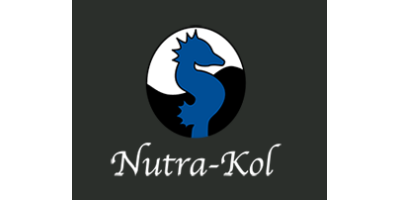

Maturation diets for shrimp
In recent years, shrimp culture has become one of the most important aquaculture industries in the world. Current production
levels reach over three million tonnes per year, corresponding to a market volume of over US$10 billion (FAO 2008).
However, even with this expansion in the production there are some unknowns. One of the problems with shrimp (and other crustacean) culture is broodstock diets and nutrition. Currently, most, if not all, hatcheries around the world are using fresh or frozen, unprocessed marine organisms as food items. These include squid, various mollusks (mussels, oysters or clams), marine polychates, crustaceans such as shrimp (Peixoto et al., 2004; Preston et al., 2004, Coman et al., 2006) and Artemia biomass (Anh et al., 2008, Gandy et al., 2007). These feeds are usually topped up with nutritional additives such as vitamins, minerals and fatty acids (Hoa et al., 2009).
